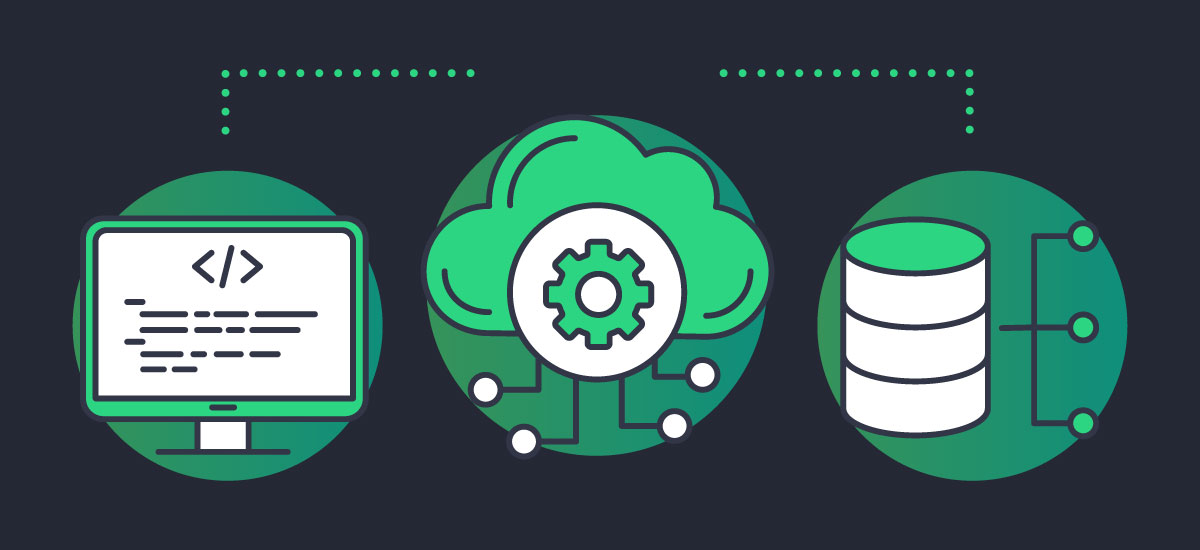
"Integrating databases into the CI/CD process or the DevOps pipeline is overlooked in the current DevOps landscape. Most organizations have adapted automated DevOps pipelines to handle application code, deployments, testing, and infrastructure configurations. However, database development and administration are left out of the DevOps process and handled separately. This can lead to unforeseen bugs, production issues, and delays in the software development life cycle."
"If we consider why databases are left out of the DevOps process, there can be multiple reasons for it, such as complexity, compliance, and lack of understanding about the benefits. As you know, most modern applications do not rely on a single database, and they use multiple databases to provide different features. These databases can be from different vendors using different technologies or even a mixture of RDBMS and NoSQL databases for structured, semi-structured, and unstructured data to provide optimal performance."
Databases are frequently excluded from DevOps pipelines, creating integration gaps that produce unforeseen bugs, production incidents, and release delays. Contributing factors include schema complexity, mixed RDBMS and NoSQL environments, manual migration effort, and strict compliance and security requirements. Integrating databases into CI/CD delivers benefits such as streamlined change delivery, automated testing, version control, reduced bottlenecks, and improved auditability. Practical implementation steps include adopting database version control, automated migrations and rollbacks, environment provisioning, policy-driven approvals, and continuous testing. A Database DevOps platform like DBmaestro can automate CI/CD, enforce security and compliance policies, and provide audit trails for safer deployments.
Read at Dbmaestro
Unable to calculate read time
Collection
[
|
...
]